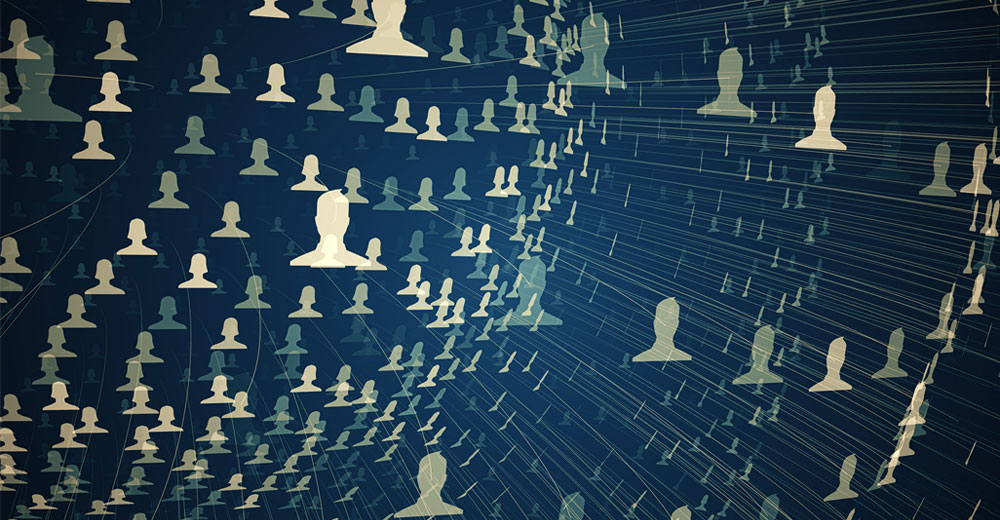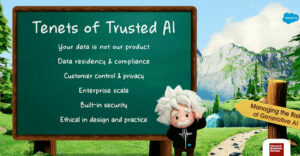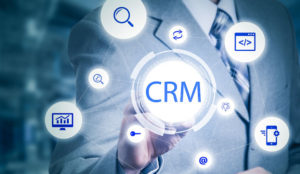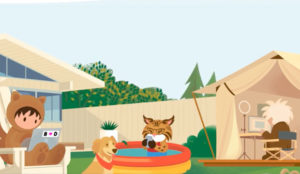I have been writing a lot about social media becoming a utility — in my last piece, for example — and one friend summed up his objections very well: “Nicely written and well argued, Denis. However, the question that popped up is, will consumers be willing to pay for social media? Might charging for it cause consumers to flee?”
Here are some possible considerations:
- Users may limit themselves to one account because of the cost. They may also abandon social media sites altogether unless they have a business or an overriding urge to pay for them. I, for one, wouldn’t bother, frankly — and if my employers wanted me to, they would have to cover the cost.
- If social media sites charge for the use of their platform, consumers might — and quite rightly too, I must add — demand an end to ads and demand that social media sites be barred from selling their personal information, even in aggregate.
The current argument for being able to sell that information is that it pays for the service. Well, if you charge for the service, you shouldn’t double dip.
The argument against that is if you kill ads and bar reselling of aggregated information, social media sites won’t be able to continue their operations because subscriptions don’t bring in enough money.
There is no doubt in my mind that Facebook might lose customers by charging, but that could be OK if most of them were people who wouldn’t pay in any case, like teens. Also, it’s possible to offer a junior subset of the service so that advertisers could still harvest some data.
The Dunbar Limit
A lot comes down to fundamental questions: Is Facebook a utility? Who is the customer? Have Facebook and social media, in general, overshot the mark? Some of my answers follow:
- Facebook is already a utility in all but name, and like any other utility, it owes its near-monopoly in its market to the good graces of the public. You get a license to broadcast on the public’s airwaves “for the public good,” and social should be no different.
- The customer right now is the advertiser, not the consumer of the service. The consumer is the product. We know this — but it’s only true because Facebook hasn’t graduated from the advertising model.
Other models could be employed to help shape the dynamic so that advertisers wouldn’t be using social media to force-feed their markets. The franchise model might be attractive. McDonald’s long ago gave up selling burgers by the single serve. Although it has a few stores, it is now primarily a real estate management company and a food distributor.
Every business must change with the times. In vertical markets, franchisees could do a better job than Facebook. Why not give it a try?
- Facebook really has shot through the mark it set for itself when Zuckerberg was a sophomore. That’s because of Dunbar’s number, which says that the mere mortal can cultivate relationships with 150 to 200 other humans at once. That’s all the headspace we have, and social media just makes that easier — it doesn’t really help you with relationship 7,237. You might have the Dalai Lama in your connections but forget about getting a response.
The End of Hype
What’s really happening, I believe, is that social is nearing the end of its “hypecycle.” If you’re unfamiliar with the term, it was coined by Gartner a while ago to describe the early market for an innovation.
During that early phase, the innovation is seen as everything from a cancer cure to a free lunch. Most of the claims prove baseless, but then something curious happens. Users take another look and discover some things that the innovation is a perfect fit for.
As for social, there’s a really good case to be made for technology that helps you keep in touch with your 200 besties and not the thousands who decide to follow you because they thought some snarky remark was fun.
Social should be adopting more of a notifications model that is similar technology but doesn’t cause you to bloviate to the world, just your besties — and if they’re really your besties, you’ll keep the snark in check. What a beautiful world that would be! Notifications is a happening thing. Watch this space for more soon.
Meanwhile, forget the social nonsense of connecting the world and sharing a Pepsi. They couldn’t do it in the 1970s TV ads, and we can’t do it now either. Dunbar won’t let us.
The future business model is still like wet concrete, but it has to come — and things like GDPR make that cutover increasingly realistic, Kara Swisher suggested last week in a New York Times piece, “The Expensive Education of Mark Zuckerberg and Silicon Valley.”
So don’t worry about making social media into a utility. Yes, user numbers are likely to shrink, but we’re in the end stages of the social media hypecycle. On the other side of the cycle there is every reason to believe that once it is over, we’ll find out what social is really good for. And social won’t lose money in the process.























































